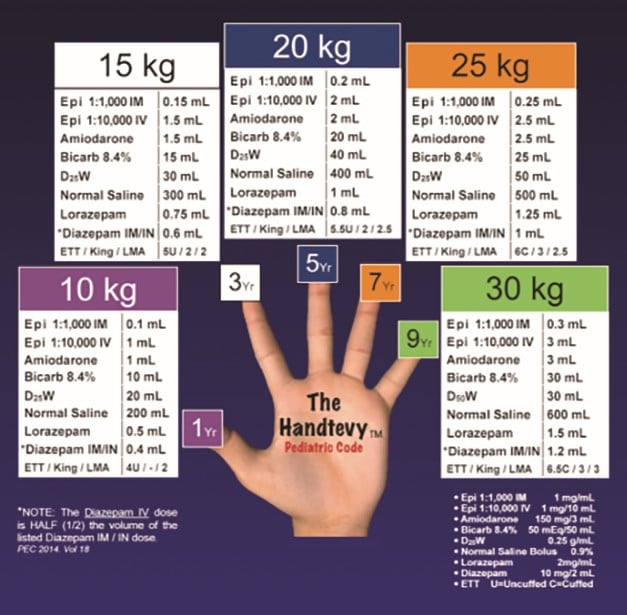Episode 35- An expert talks: PALS
Episode Summary:
In part 2 of the cardiac arrest series, Dr. Rebecca Gragg, an ER pharmacist at a pediatric trauma center, discusses some key points from the 2020 PALS guidelines.
Show Notes:
Key Points:
“An expert talks: PALS”:
– Just like in the adult ACLS guidelines, epinephrine should be given as soon as possible in non-shockable rhythms (ideally within 5 minutes). The guidelines also recommend against the routine use of sodium bicarbonate and calcium, citing worse outcomes with their use
– Some key updates from previous guidelines include increasing the ventilation rate to 1 breath every 2-3 seconds (vs. every 6 seconds) in children with an advanced airway and using a tailored fluid bolus dose of 10-20 ml/kg (vs. 20 ml/kg)
– Remember that cardiac arrest in children is typically due to primary respiratory causes and shock (83% of pediatric cardiac arrest present in non-shockable rhythms)
– Also, in the setting of bradycardia with a pulse (typically a HR < 60), try improving oxygenation, then consider atropine (usually reserved for patients with increased vagal tone after suctioning or intubation, or those with primary AV block) and even CPR. Next, consider giving full-dose epinephrine, something we would not do in adults with a pulse
– Some tips/ tricks in pediatric cardiac arrest include getting/estimating a weight using the Handtevy method (see image below), Broselow tape, or a bed weight. Also, using a 3-way stopcock and other connectors are effective ways of getting smaller volumes out of pre-filled medication syringes

The Handtevy Method. Each finger represents an age and a corresponding weight. Starting with the thumb at “1 year old”, work towards your pinky by adding 2, until you get to “9 year old.” For estimated patient weights, start with the thumb at “10 kg,” work towards your pinky by adding 5, until you get to “30 kg.”
Source: see below for references
References:
